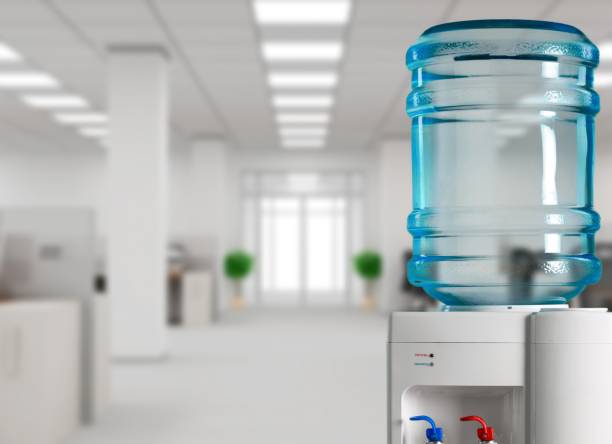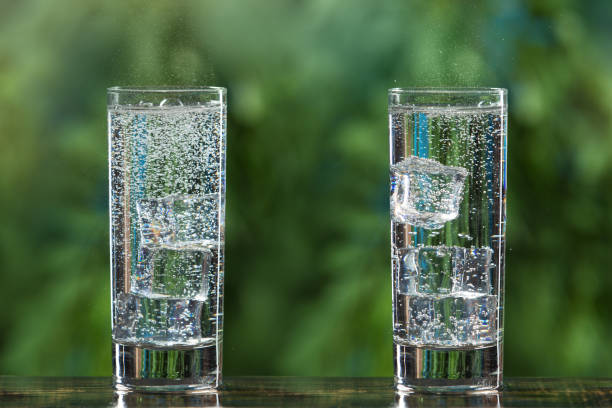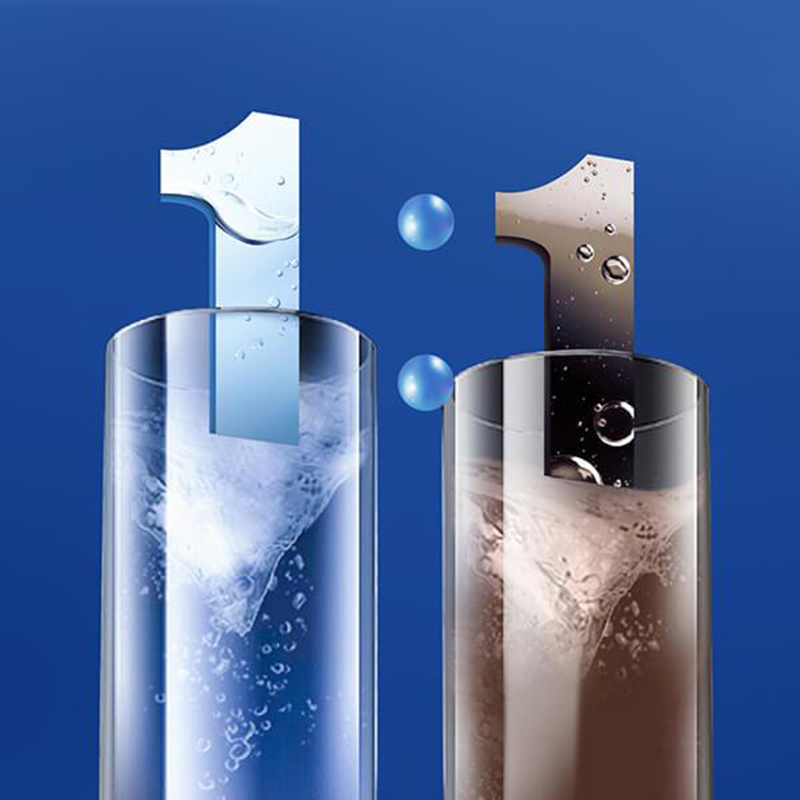 Should we install a direct drinking water purifier or not?
Should we install a direct drinking water purifier or not?
Sep .19.2024
At this stage, people's main source of water is tap water, the most direct method of drinking water is a water dispenser, but at present, tap water pollution is very serious, most families have long been installed in the household direct drinking water purifier to provide clean and safe drinking water, but many people are still on the direct drinking water purifier products there are misunderstandings, holding a fluke in the thought of my home in the end do I need to install a water purifier it? In fact, the most professional answer is: there is no need! The health benefits is the biggest demand!
 Commercial / Household water purifier (direct water dispenser) fault book
Commercial / Household water purifier (direct water dispenser) fault book
Sep .19.2024
The amount of water in the water purifier is small, the water purifier does not produce water, the noise of the water purifier has become louder, the water purifier ....... Susan summarized 25 common fault problems of water purifier for you, hand in hand to teach you how to troubleshoot, so you can easily deal with the water purifier, enjoy good quality water.
 The necessity of regular cleaning of reverse osmosis membranes
The necessity of regular cleaning of reverse osmosis membranes
Sep .18.2024
In the long-term membrane separation process, 4040 reverse osmosis membrane water permeability will decline with the growth of operating time, this phenomenon occurs because of membrane contamination problems. It can be seen that it is necessary to carry out regular cleaning of the membrane element system, so that the 4040 reverse osmosis membrane surface or membrane pore contamination removal, to restore water permeability and extend the membrane life of the purpose.
 Application of water purifier in public places: guarding every drop of healthy water source
Application of water purifier in public places: guarding every drop of healthy water source
Sep .14.2024
In today's society, with people's pursuit of a healthy life and increasing concern for environmental quality, water purifiers, as an effective water treatment equipment, is gradually playing an increasingly important role in public places. Schools, hospitals, offices and other public places, due to the high flow of people, high demand for water, water quality requirements are more stringent. Therefore, the application of water purifiers in these places is particularly important.


 Should we install a direct drinking water purifier or not?
Should we install a direct drinking water purifier or not?
 Commercial / Household water purifier (direct water dispenser) fault book
Commercial / Household water purifier (direct water dispenser) fault book
 The necessity of regular cleaning of reverse osmosis membranes
The necessity of regular cleaning of reverse osmosis membranes
 Application of water purifier in public places: guarding every drop of healthy water source
Application of water purifier in public places: guarding every drop of healthy water source